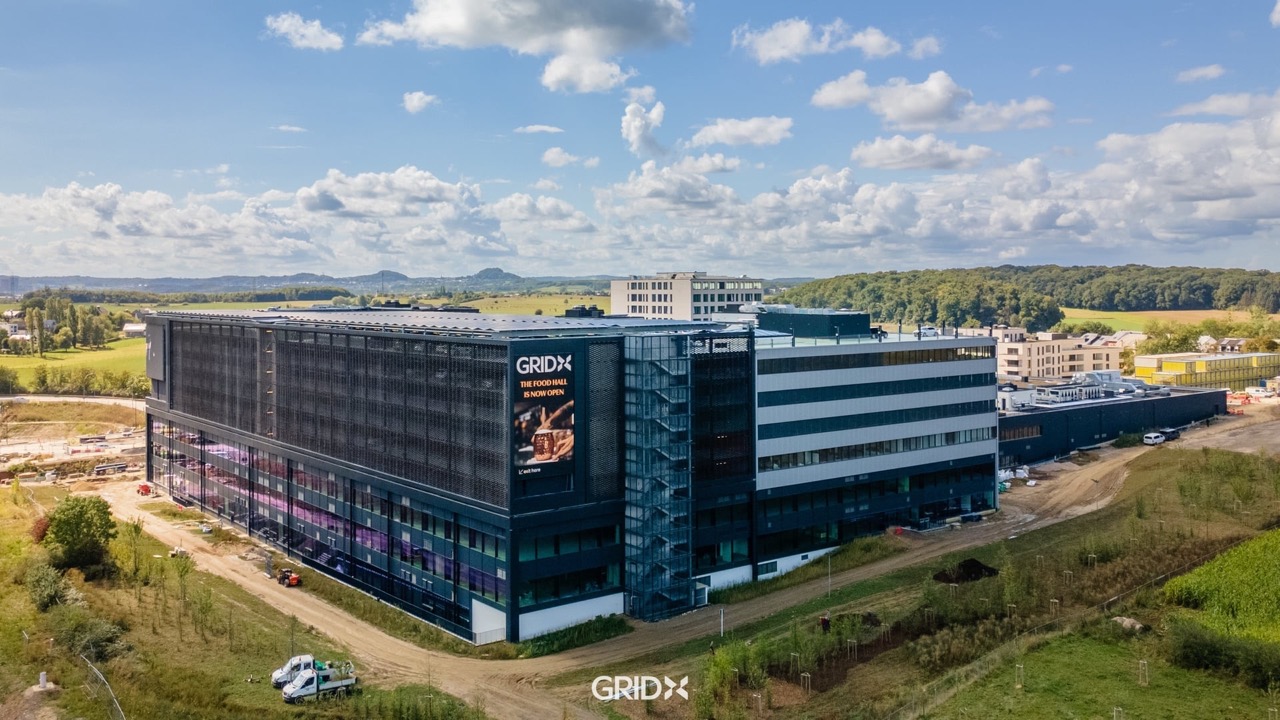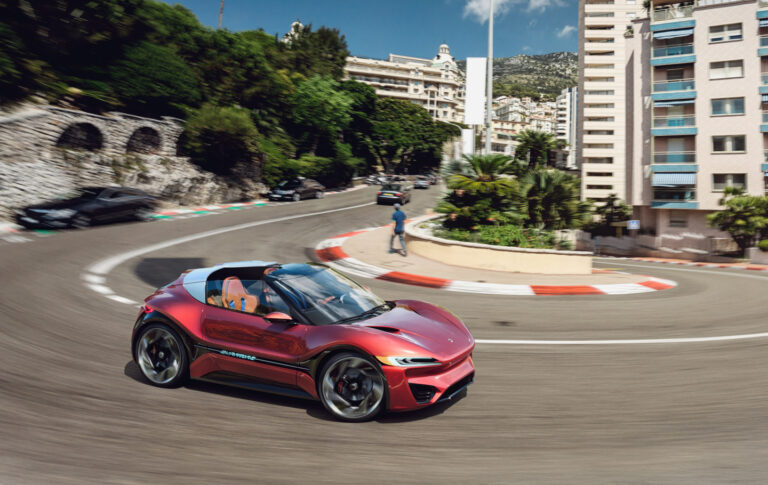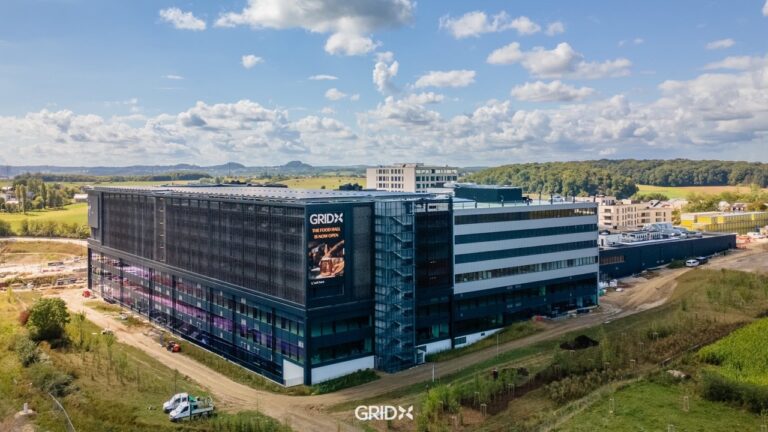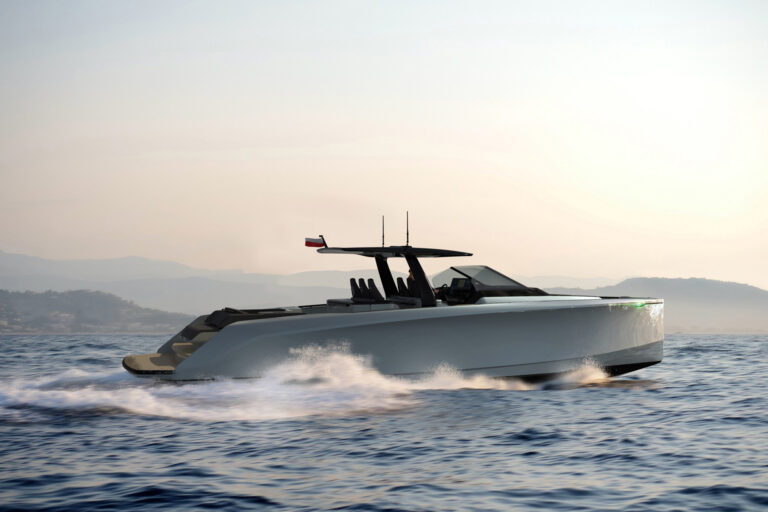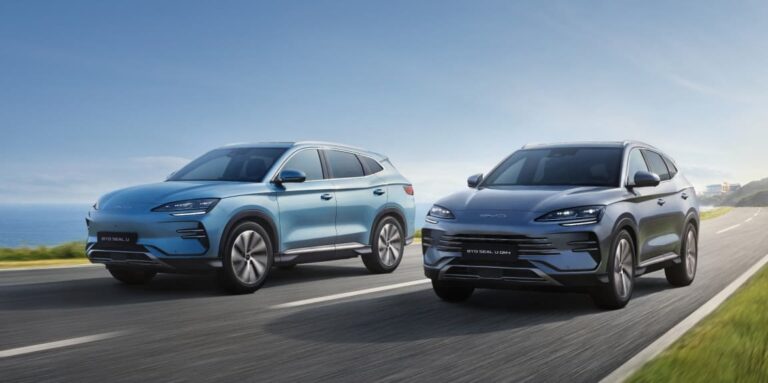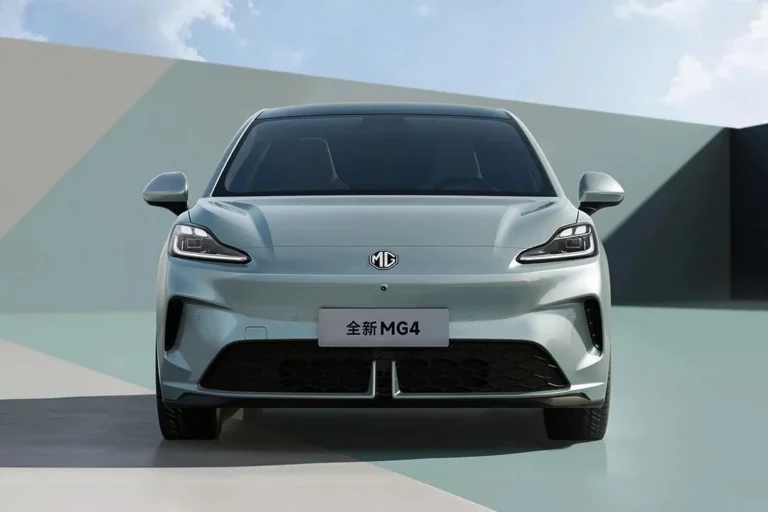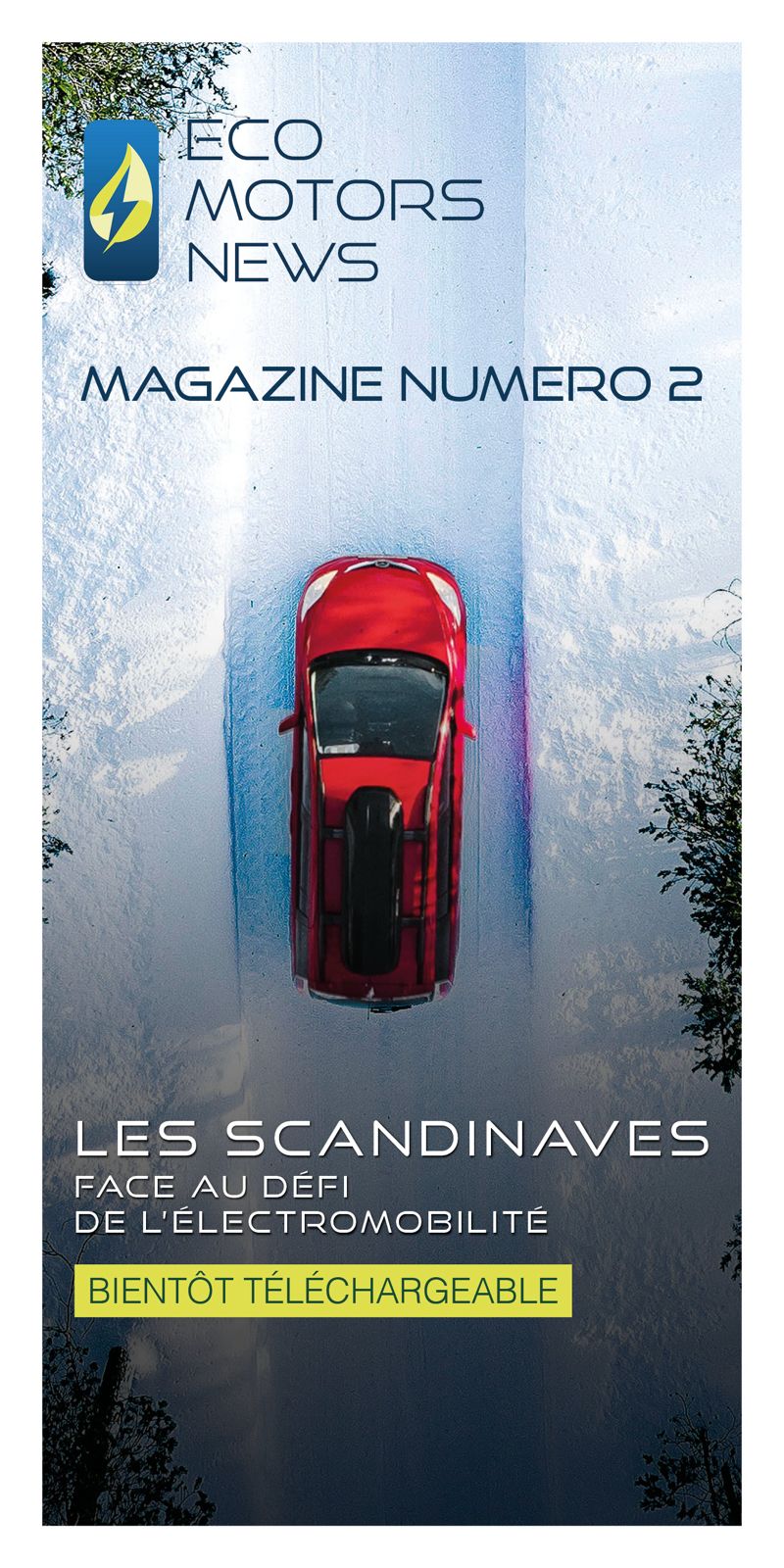Luxembourg may not be a giant, but it is one of Europe’s most advanced electromobility regions. In just a few years, the Grand Duchy has built up a clear strategy: to increase the density of its recharging network and support private individuals and businesses.
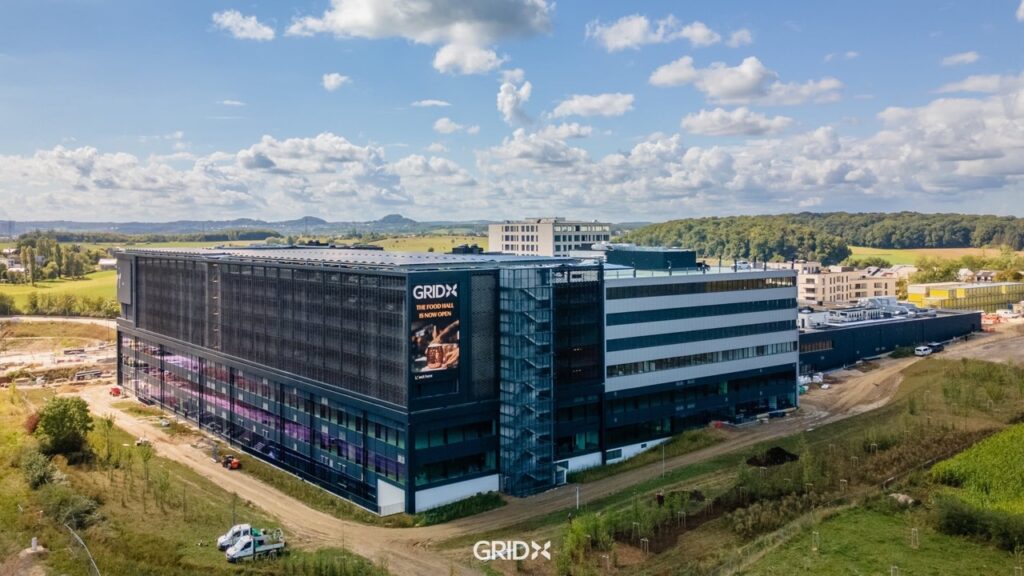
A rapidly electrifying car fleet
Growth is surely the word that best defines the situation of Luxembourg’s electric car fleet. If we look at the figures for the last three years, the upward trend is palpable. In 2022, electric vehicles still represented only 3.4% of the Luxembourg car fleet. A year later, that share had almost doubled to around 6.5%, according to the Ministry of Mobility. By the end of 2024, Luxembourg had more than 32,000 100% electric vehicles on the road, representing almost 7% of the national car fleet.
With the addition of plug-in hybrids, more than one in ten vehicles on the road in the country is now electrified. This growth shows no sign of stopping, and the proof is in the pudding: in the first half of the year, electric cars accounted for around 26% of new registrations, more than a quarter. This pace is reassuring for the authorities, given that the government’s target, set out in the National Energy and Climate Plan (PNEC), is to have 49% of vehicles electrified by 2030. This is a clear ambition for a small country where distances are short and domestic recharging habits are already well established.
An exemplary recharging network
Luxembourg now has one of the highest densities of charging points in Europe. According to data from ACEA (the European Automobile Manufacturers’ Association), the Grand Duchy is one of Europe’s leading countries in terms of the density of charging points for electric vehicles in relation to its surface area. Second in the rankings, with an average of 34.5 charging points every 100 kilometres, sandwiched between the two giants of electromobility: the Netherlands (47.5 points/100 km) and Germany (19.4 points/100 km). By way of comparison, France comes tenth with 4.1 charging points per 100 km.
The country owes this high density and ranking to its « Chargy » public charging network, launched in 2017, which has more than 666 charging stations spread across the country (one charging station represents two charging points, so 1,332 charging points available). At the same time, « SuperChargy » is deploying fast and ultra-fast charging points on major routes, particularly along motorways and in strategic urban areas. But since 16 June, Chargy has been in the private sector. Luxembourg’s Minister for the Economy, SMEs, Energy and Tourism signed a decree awarding the public service concession for the operation of the national infrastructure of public charging points for electric vehicles to a private player: the charge@lux consortium, made up of Electris, Cube4T8 and Socom. The aim of this change is to harmonise charges, improve maintenance and ensure uniform coverage of the country. In total, there are now almost 3,000 public charging points, a figure that is up by more than 20% compared with 2023. This powerful and effective network means that any Luxembourger can be close to a public charging point.
But action to improve access to recharging is not limited to government initiatives. The country’s strength lies in the innovation of its local authorities. Case in point: in Esch-sur-Alzette, the country’s second-largest town, the « Sudstroum Slow Charge » project has been launched. The idea is to recharge electric vehicles directly from public lampposts… a first in Luxembourg.

Focus on GridX: a driving force for innovation in electromobility in Luxembourg
True to the spirit of this country that never ceases to innovate, the GridX project was inaugurated on 18 September 2025 in Wickrange. Designed by the Giorgetti group, this unprecedented complex of almost 42,000 m² is intended to be Europe’s first « multi-experience » destination, combining commerce, gastronomy, hotels, culture and, above all, mobility. Featuring a unique car gallery, where prestigious brands such as Alpine, Bentley and Ducati can be seen all year round, this brand-new space is presented as « a museum or temple of mobility ».
In fact, beyond the car gallery, this venue is a veritable cluster dedicated to the automobile, with concierge services, driving simulators and a partnership with Turin’s MAUTO museum. Although GRIDX is not exclusively dedicated to electric vehicles, its space and its focus on electrified mobility make it a relevant player in the sector.
– Its spaces offer the public a physical showcase for brands in the electric mobility sector, but also serve as a permanent showroom for premium manufacturers. A real plus point for this sector, which needs to raise its profile with the general public.
– It creates a point of convergence between charging services, premium vehicles and the customer experience, which can facilitate the integration of charging points, infrastructure solutions or premium fleets.
– Thanks to its « mobility + lifestyle + business » concept, GRIDX can accommodate players in electromobility (start-ups, suppliers, equipment manufacturers).
GridX Luxembourg’s scale and innovative character make it much more than just a shopping centre. It is a symbol of automotive renewal, a showcase for innovation and further proof that Luxembourg continues to think big when it comes to the future and sustainable mobility.
Distributors present
To meet government requirements for electrified cars and ever-increasing customer demand, car distributors and dealerships have had to adapt. At the 2025 edition of the Autofestival show, which brings together car distributors in Luxembourg, it was reported that around 90 dealerships were taking part, proof that electromobility now occupies a central place in the market.
These include Losch Luxembourg, Car Avenue and the Autosphère group, three key players on the Luxembourg automotive scene.
– Losch Luxembourg, official importer of Volkswagen Group brands (Volkswagen, Audi, Škoda, SEAT/CUPRA, Porsche, etc.), is the national leader in the sector. A major investor in electric mobility, it offers a wide range of 100% electric and rechargeable hybrid vehicles.
– Car Avenue, which operates in Luxembourg, France, Belgium and Germany, distributes brands such as Mercedes-Benz, Smart, Peugeot and Opel. The electric range has also been greatly expanded, offering most of the models in vogue.
– The French group Autosphère is now present on the Luxembourg market, representing a number of generalist and premium brands. It promotes green mobility by offering electric and rechargeable hybrid vehicles.
Traditional companies that, in just a few years, have reinvented themselves to become key players in the transition to electric mobility.

A policy with a thirst for progress
For more than a decade, the Luxembourg government has been actively supporting the energy transition. Individuals benefit from purchase subsidies of up to €6,000 for the purchase of a new electric vehicle, while the installation of a home charging point is subsidised up to 50% of the total cost, up to a maximum of €1,650. The government is also maintaining partial tax exemptions for company fleets. In 2025, a €30.5 million European investment programme has been allocated to Luxembourg to strengthen public infrastructure and support the deployment of fast charging stations in suburban areas.
A favourable energy model
The ambition for a cleaner everyday life is also facilitated by the fact that the country benefits from a low-carbon electricity mix, supplied largely by imports from neighbouring countries (France, Germany) and by a growing proportion of local renewable energies. This configuration means that the carbon footprint of electric vehicles is well below the European average. In fact, according to a study by Klima-Agence, the carbon footprint of an electric vehicle in Luxembourg is 70 g CO₂/km over a 200,000 km lifecycle. Compared with the European average, estimated at between 90 and 120 g CO₂/km depending on the country’s energy mix, Luxembourg is at the top end of the scale. The authorities are working to make recharging even greener, thanks in particular to their partner Encevo and its subsidiaries, Luxembourg’s benchmark energy group, to gradually supply the charging points with 100% green electricity.
Anticipating challenges
Luxembourg, small in size but big in terms of its transition, is not exempt from the challenges that affect other regions. Indeed, as with its neighbours, the electrification of heavy goods vehicles and commercial vehicles remains on the sidelines. To take this complex new step, we need to develop appropriate infrastructure and electrify heavy goods vehicles. Heavy commercial vehicles (HGVs + LCVs) are responsible for more than 25% of road transport emissions in Luxembourg. Another challenge is to modernise charging points in the face of the proliferation of fast charging points. A study by the Ministry of Energy has already identified the urban areas that should be upgraded as a priority. Finally, the same observation applies as in the rest of Europe: although the cost of using an electric vehicle is advantageous, its purchase price is still high, which is still holding back some motorists from taking the plunge, despite existing incentives.
A country with great ambitions
By focusing on coherence and planning, Luxembourg’s figures show that a small country can be more advanced than a large one. The country has managed to make the most of its territory with a model based on the development of recharging infrastructures, clear financial incentives thanks to state aid, and clean energy. With a steadily growing market, France’s border neighbour is one of the most successful examples of electromobility in Europe.

